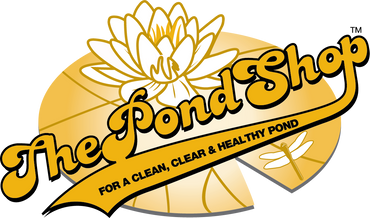Egeria

Egeria (Also known as Brazilian waterweed and leafy elodea) is an invasive, submersed perennial. Leaves and stems are generally bright green, darker below the surface, and the short internodes give it a very leafy appearance. Leaves are minutely serrated and found in whorls of four to eight. Stems are cylindrical and grow until they find the surface of the water where they form dense mats. Egeria’s white flowers have three petals and float on or rise just above the water’s surface on a shoot. Slender roots are freely produced from double nodes on the stem, they are non-branched and typically a white pale color. Roots can be attached to the bottom or free-floating near the surface of the water. Egeria is often confused with hydrilla; one noticeable difference is that hydrilla has tubers or turions. Egeria grows in mild to warm freshwater water bodies, although it struggles in the hot summers of the southern U.S. preferring northern regions and it can survive in water temperatures as low as 38 degrees F. Egeria does not require a lot of light and can thrive in turbid environments, sand, mud or stone bottoms as deep as 20 feet. This plant dense mats, restrict water movement, trap sediment and cause water quality issues. Severe infestation can impair recreational uses, including boating, fishing, and swimming.
Prevention
In its native habitat, egeria plants produce seed, but all egeria plants in the United States are male and do not produce seed. Fragments of the plant easily tangle with fishing gear, boats and other equipment; these fragments can grow as new plants. The best way to help prevent the spread of egeria is by cleaning and drying thoroughly all watercraft, equipment and trailers after use. Nutrient availability in the sediment will feed its growth.
Biological Control
Beneficial bacteria products and enzymes such as PZ900 feed on nutrients in the water making them unavailable for plant growth. Reducing nutrients can help prevent invasion.
Physical/Mechanical Control
Cutting, pulling, or digging is very laborious and only provides temporary relief. Once established, Egeria is very difficult to control with mechanical methods. Any left over plant material will take root in other areas, monitoring for any new growth to avoid future reinvasion is crucial. Physical removal in conjunction with chemical control will maximize success.
Dyes and colorants reduce aquatic plant growth by limiting sunlight penetration and reducing photosynthesis.
Aeration has also been used as a mechanical approach to hinder pondweed proliferation. Increased water flow can reduce the plant density. Additionally, the added oxygen will accelerate the decomposition process of nutrients that pondweed need to live.
Chemical Control
When used carefully according to the label instruction, aquatic herbicides can be safe and effective management tools. The products that have been successful in treating egeria individually or in combination are Reward and Weedtrine D, Aquathol K – liquid, Aquathol Super K – granular, Sonar AS and Sonar RTU. A nonionic surfactant Cygnet Plus should be mixed in solution with herbicides when plants are treated.
Reward is a fast-acting contact herbicide, highly effective in killing any part of the plant that comes into contact with.
Weedtrine D is a contact, non-volatile herbicide for use in controlling submersed and floating aquatics weeds. Weedtrine-D has rapid absorption and herbicide action.
Aquathol K (liquid) is a concentrated, highly soluble contact herbicide, effective against a broad range of aquatic plants.
Aquathol Super K (granular) this contact herbicide has been effective on pondweeds and can be mixed with copper compounds for additional efficiency.
Sonar A.S. is long acting systemic herbicide ideal for water bodies with minimal flow. Simply mix Sonar A.S. with water and spray throughout the surface of the water or pour in different spots around the pond. Sonar A.S. does not have water use restrictions.
Sonar RTU is a long acting, systemic, easy to use herbicide. Sonar RTU does not require mixing, simply open the bottle and treat from the shoreline.
Cygnet Plus is a nonionic wetting agent, sticker, activator and penetrant all in one. Cygnet Plus increases the effectiveness of herbicides uptake into the plant tissue.
